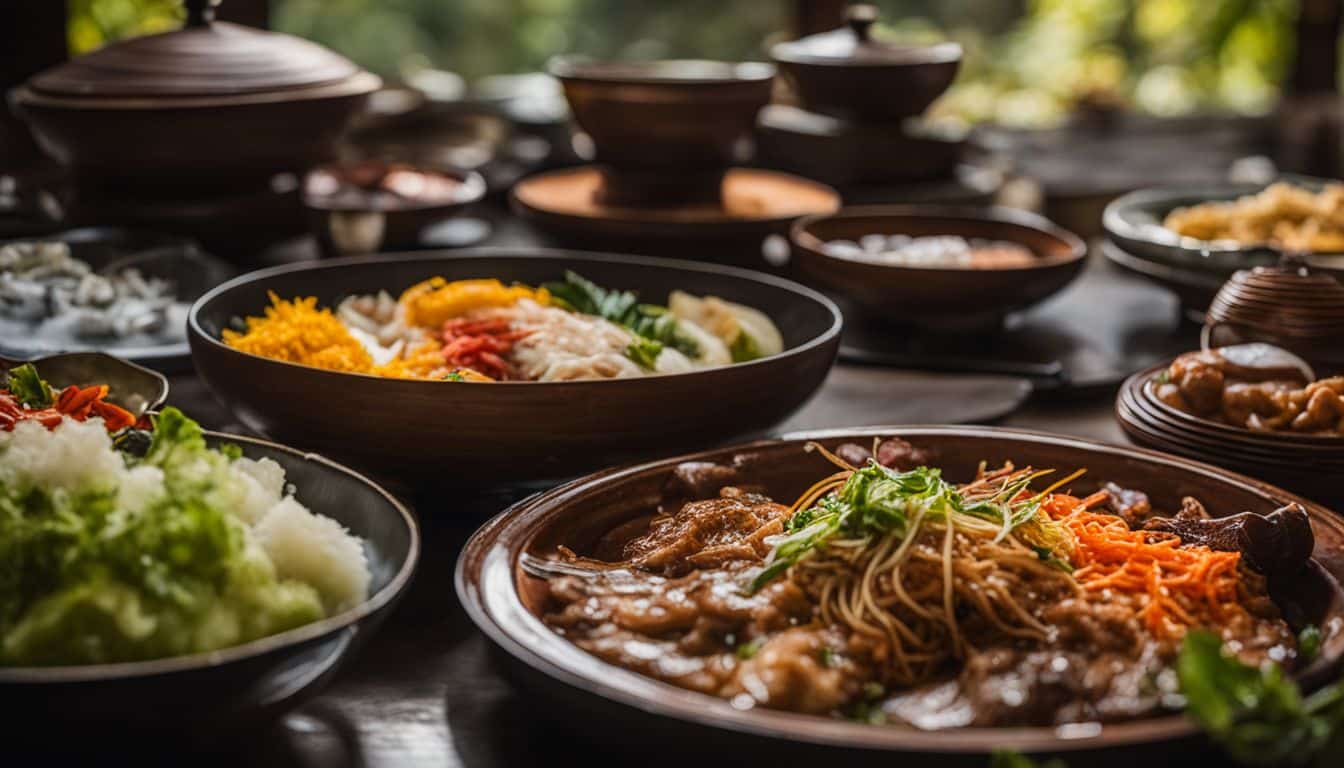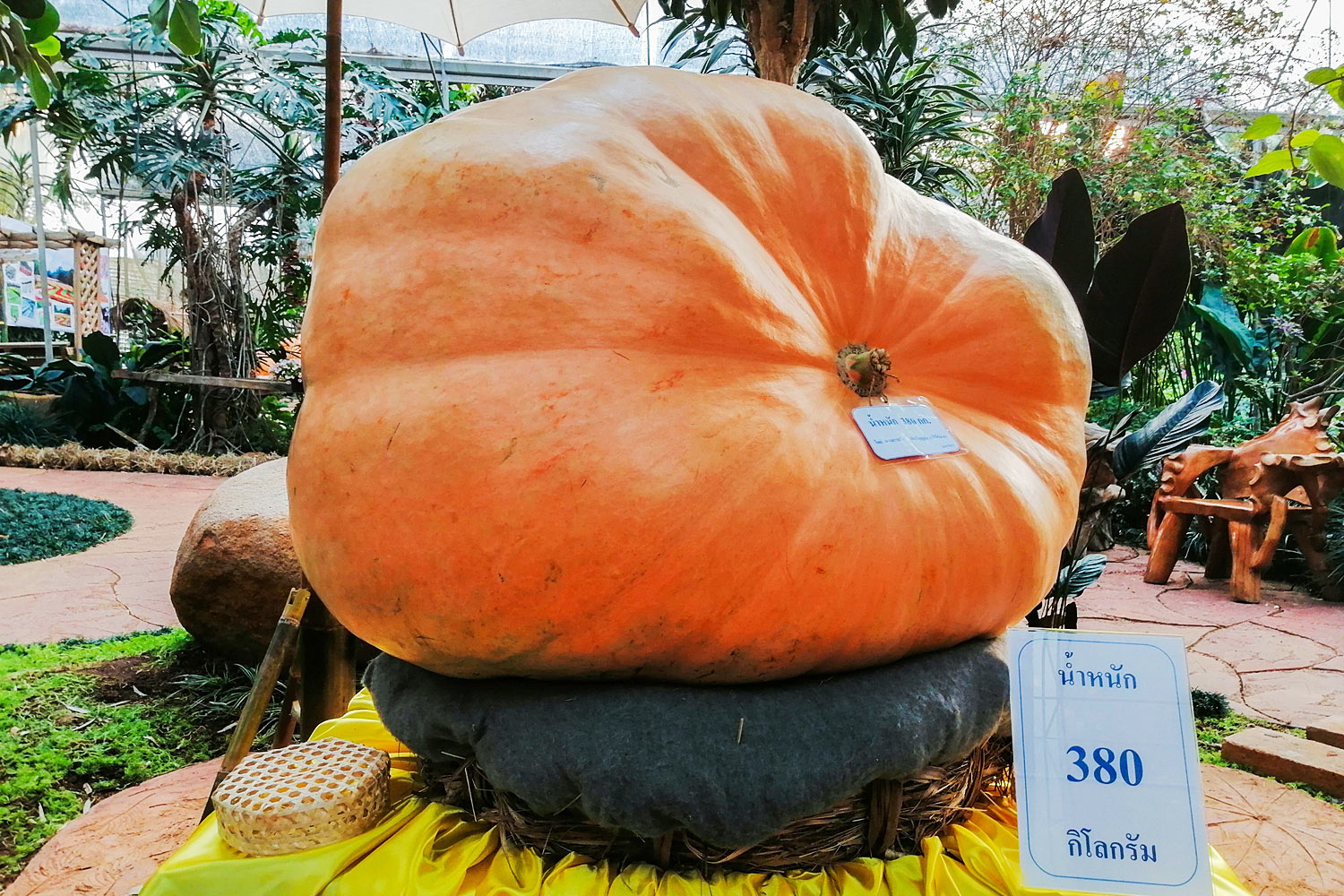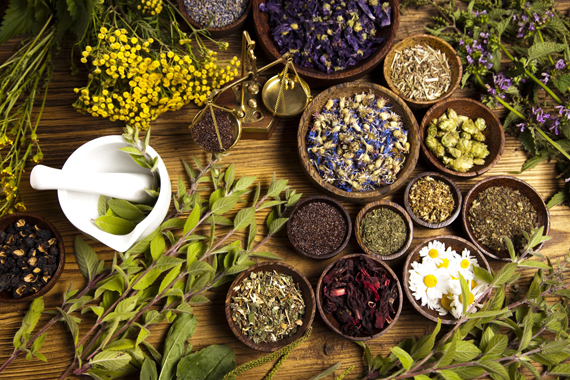Now Reading: Where Tradition Meets Taste: A Korean Temple Serving Centuries-Old Buddhist Recipes
-
01
Where Tradition Meets Taste: A Korean Temple Serving Centuries-Old Buddhist Recipes
Where Tradition Meets Taste: A Korean Temple Serving Centuries-Old Buddhist Recipes

In a quiet corner of South Korea, there’s a temple where food is not just about eating—it’s about preserving history, culture, and spiritual practice. The monks here prepare meals strictly following ancient Buddhist recipes, some dating back hundreds of years. These dishes are made without meat, garlic, or strong spices, staying true to the temple’s philosophy of purity and balance in every bite.
The menu reflects a deep connection between food and mindfulness. Ingredients are locally grown, often from the temple’s own gardens, and chosen according to the seasons. Common dishes include simple yet flavourful soups, wild greens, fermented vegetables, and rice, each prepared in a way that respects nature and the teachings of Buddha. There’s no rush in the kitchen—every step, from washing vegetables to plating the meal, is done slowly and with intention.
Visitors who come here for a meal experience more than just taste. Eating in the temple setting encourages silence, gratitude, and reflection. Without the distractions of modern dining—no loud music, no elaborate presentations—the focus shifts to appreciating the freshness of the food and the effort that goes into it. Many leave with a sense of peace, saying the meal feels as nourishing for the mind as it is for the body.
In an era where fast food dominates, this temple stands as a reminder that cooking can be a sacred act. By holding on to recipes passed down through generations, the monks keep alive a culinary tradition that is as much about spiritual health as it is about physical sustenance. It’s a quiet lesson in slowing down, respecting ingredients, and finding meaning in the simplest of meals.

























